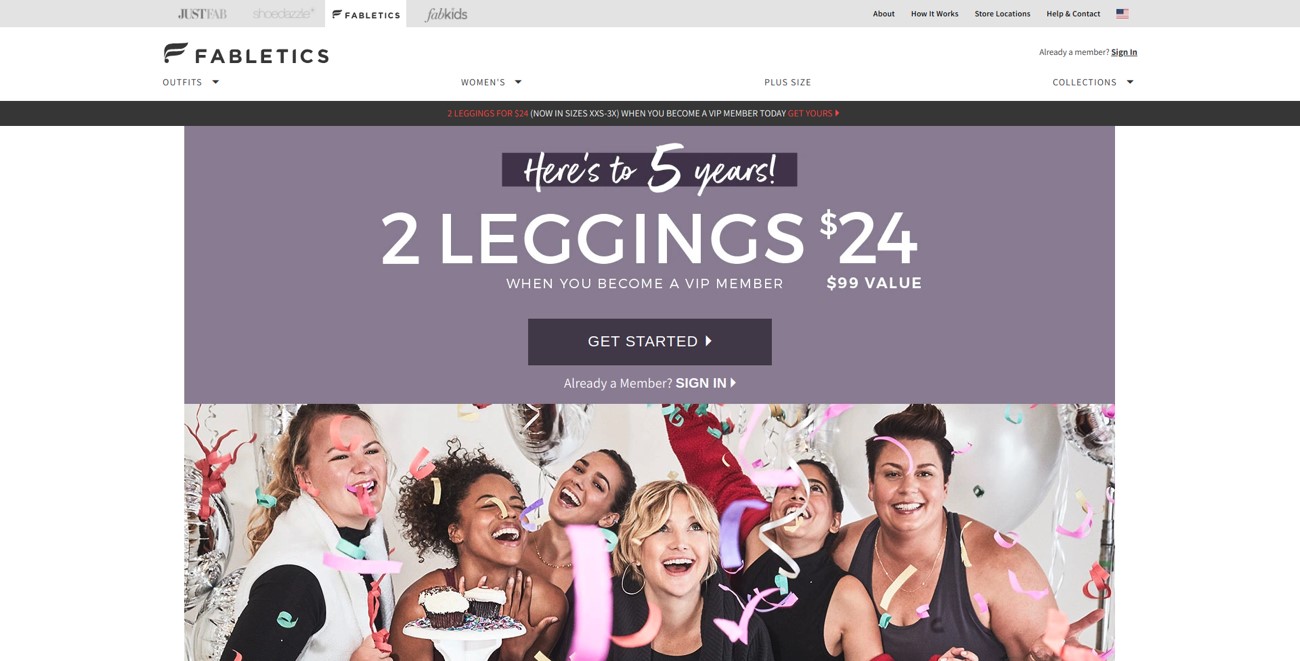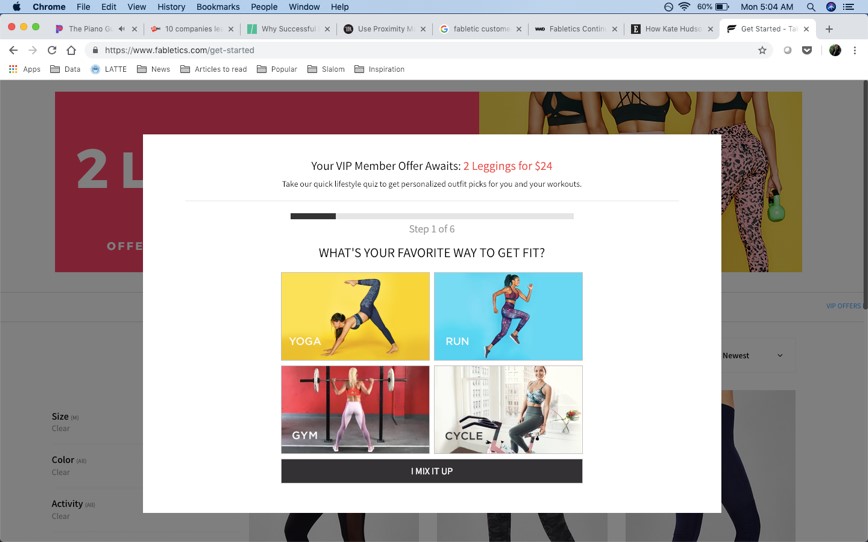The Three Essential Ingredients To Winning The Brains Of Mobile Shoppers
Relevant topics Archive, Conversion
As shoppers, we have learned to be wary of what we purchase and how. We research information and find the ‘best’ products for ourselves and with a heavy dependency on technology, we can now do this wherever we have access to WiFi or data. Six out of 10 mobile users begin their shopping journey on one device, but continue or finish on a different one. Mobile devices provide us convenient access to any form of content, which leads us to incorporate mobile-shopping into our habitual routines.
Habitual routines can actually benefit retailers, especially for those in a competitive environment. Two positive things happen: one, the habitual interactions provide consumers convenience, reinforcing their experiential state of being in a relationship with a brand, which leads to loyalty. Two, the dependency on their habitual routines will mean that consumers are relying on their automatic thinking and will therefore, spend less time considering alterative brands.
In order to develop these habitual routines and relationships with consumers, retailers need to consider three pillars to win the brains of their shoppers. The key to winning the consumer in an infinite world of competitors, is understanding the consumers’ journey and their thought-process before, during and after purchase.
The Science behind the Essential Ingredients
A study from Indiana University explored the literature of mobile marketing and consumer decision-process. The study identified pillars of mobile shopping that could be used as guidelines to grab the attention of mobile consumers. There are three main pillars to consider: consumer-retail interconnectedness, consumer empowerment, and geographically-based engagement.
Consumer-retail interconnectedness is the first pillar, which is a concierge approach to creating a relevant experience, based on consumer data. It’s about providing a hyper-relevant experience, using data to fulfill the personal shopping needs of consumers.
90% of the mobile shoppers studied used their mobile devices for many of their shopping activities and almost 50% of these shoppers used their mobiles 15 minutes prior to visiting a store. This touchpoint is an opportunity to remind consumers of any forgotten items, previous purchases, new deals or even a simple welcome message, specific to them.
Consumer empowerment is the next pillar, which is about giving consumers more control during the shopping process, which also leads to more informed, independent and demanding consumers.
Of course, the fact that information is now instantaneously accessible at the tip of our fingers, may be a factor to this. 61% of mobile shoppers think they have more access to information about products than store associates. And 73% of these shoppers would prefer to use their smartphone rather than engaging a store associate during in-store shopping experience.
The more informed and independent shoppers developed a want-it-now mentality which, in turn, pushed retailers to adopt an omnichannel strategy to provide endless aisles of shopping experiences for their consumers.
is the third pillar and is about identifying the proximity of the consumers and providing customized communications. The standard use of geo-based engagement is for consumers to check-in at a retail or restaurant. However, it can be utilized to influence to push the right content to different consumers.
For instance, mobile consumers can be in two modes: information-seeking or browsing. Given their current state, retailers can push greetings or targeted promotions, based on their purchase behaviors and product views. Mobile technology allows retailers to be more precise and proactive in their engagements to then increase the consumer’s basket size and create opportunity for unplanned purchases.
Lastly, the study refers to Web-based consumer engagement as a fourth pillar. This pillar refers to the importance of a web-based engagement strategy, highlighting mobile shoppers not always using a brand’s app. In the early stages of the shopping journey, consumers turn to mobile websites over a brand’s app to compare brands and price. App downloads and usage usually occurs in a later stadium, when the consumer is familiar with the brand. However, I don’t believe this is a necessary pillar in a social media era. It is more valuable to be present where and when the consumer needs the brand. Given the amount of content available, consumers choose which channels they want to consume information from. It’s crucial for brands to understand the moments of their shoppers and being at those moments- whether it’s on their Facebook newsfeed, sponsored Instagram posts, or Yelp reviews. Having a strong website presence and engagement will not guarantee the minds of mobile shoppers because that presence doesn’t provide shoppers the ease and value that they need during the micro-moments within their daily routines.

Case Study: Fabletics
Meet Fabletics, a women’s online subscription retailer for activewear. Fabletics is a company that understands the importance of data and the value of the consumer voice. Although they don’t use all three pillars, they stand strongly on two: connectedness and empowerment.
What I love about Fabletics is that they invested in data technology, knowing it is key to understand and meet the needs of their shoppers. For starters, shoppers are invited to take a Style Quiz before joining Fabletics – this quiz asks about your activities and body shape to get a better sense of the type of content to show you. In addition, Fabletics utilizes different platforms to provide an omnichannel experience, including their “OmniCart” function that follows shoppers across the shopping journey across all channels. Lastly, shoppers that are members can be “scanned in”, giving them streamlined service and personalized product recommendations during their in-store experience.
Not only does data provide a customized experience, but it has business benefits: Fabletics uses the data for inventory, providing them a 95% accuracy rate, where 5% carries over each month.

Everything they do is consumer-centric: they empower their shoppers with an online flexible membership and a voice for the products. The membership is free to join with one condition: members must browse the website the first week of every month or click “skip”. Fabletics created a flexible membership to give shoppers the option to avoid any monthly fees. Secondly, check out Fabletics’ product reviews! You will find lists of individuals sharing their opinion on the items, allowing them to voice a candid review for the public.
Fabletics’ online flexible membership and business model may not work for everyone, but they can provide a lesson to us all: utilizing data technology and empowering consumers will not only increase loyalty, but it will also increase profits. Fabletics is only 5 years old and has 25 retail stores, 500 employees and 1.4 million active members.
Take home points
- Win your mobile audience with three main pillars when influencing their decision-making process: interconnectedness, empowerment and geographically-based engagement
- Tapping into the shopping journey will allow consumers to develop habitual routines with your brand, creating convenience for consumers and dependency on the brands
- Not having a stellar mobile app is okay; your digital presence and digital engagement strategy should be prioritized
Further Reading
-
A different – and more effective – way to use discounts
Would you rather have a 10% chance to get your product for free or a fixed 10% discount? And what does your customer prefer? Mazar, Shampanier & Ariely (2017) decided to investigate the attractiveness of this probabilistic free price promotions. Find out how to use the Las Vegas Gamble discount in your advantage!


